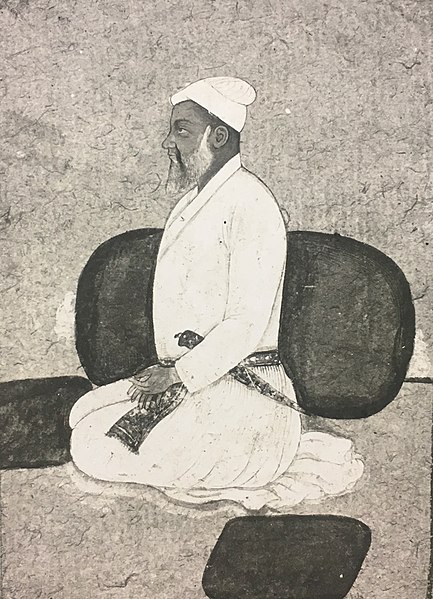Discover 'Var Amritsar Ki,' an epic eyewitness account of the 1709 Sikh-Mughal battle. Explore the bravery of Sikhs and the historical aftermath.
Explore Azim Khan's legacy as Kashmir's governor, his battles with Maharaja Ranjit Singh, and his pivotal role in Afghan history. Discover more!
DEVA SINGH, SIR (1834-1890), a highranking Patiala state administrator, was born in 1834 into an Arora Sikh family, the son of Colonel Khushal Singh, a brave soldier who had once killed a tiger (sher, in Punjabi) near one of the city gates conferring upon it the name Sheranvala which lasts to this day. Deva Singh received the only formal education available at that time by attending a maktab or Persian school, and entered Patiala state service at a very early age in 1846. In 1853, he was appointed assistant judicial minister and in 1855, a Risaldar in a cavalry unit.
FATUHAT NAMAH-I-SAMADI, an unpublished Persian manuscript preserved in the British Library, London, under No. Or. 1870, is an account of the victories of `Abd us-Samad Khan. Nawab Saifud Daulah `Abd usSamad Khan Bahadur Diler Jang was appointed governor of the Punjab by the Mughal Emperor Farrukh-SIyar on 22 February 1713, with the specific object of suppressing the Sikhs who had risen under Banda Singh commissioned by Guru Gobind Singh himself, shortly before his death, to chastise the tyrannical rulers of Punjab and Sirhind.
Discover Jai Singh Atarivala's intriguing life as a soldier and diplomat under Maharaja Ranjit Singh, marked by alliances and plots in 19th century Punjab.
Discover the legendary tale of Mahant Kirpal Das, the Udasi prelate who fought valiantly in the Battle of Bharigam alongside Guru Gobind Singh.
Explore the distinguished career of Mota Singh, Sardar Bahadur, in Maharaja Ranjit Singh's service and his contributions during the Anglo-Sikh wars.
Discover the heroic tales of Sukkha Singh, an 18th-century Sikh warrior from Amritsar, known for his bravery, perseverance, and enduring legacy.
Dive into the gripping ballad of Guru Gobind Singh's battle at Nirmohgarh, showcasing vivid warrior tales in Punjabi, renowned for its historical depth.
ADINA BEG KHAN (d. 1758), governor of the Punjab for a few months in AD 1758, was, according to Ahwal-i-Dina Beg Khan, an unpublished Persian manuscript, the son of Channu, of the Arain agriculturalist caste, mostly settled in Doaba region of the Punjab. He was born at the village of Sharakpur, near Lahore, now in Sheikhupura district of Pakistan. Adina Beg was brought up in Mughal homes, for the most part in Jalalabad, Khanpur and Bajvara in the Jalandhar Doab. Starting his career as a soldier, he rose to be collector of revenue of the village of Kang in the Lohian area, near Sultanpur Lodhi.






